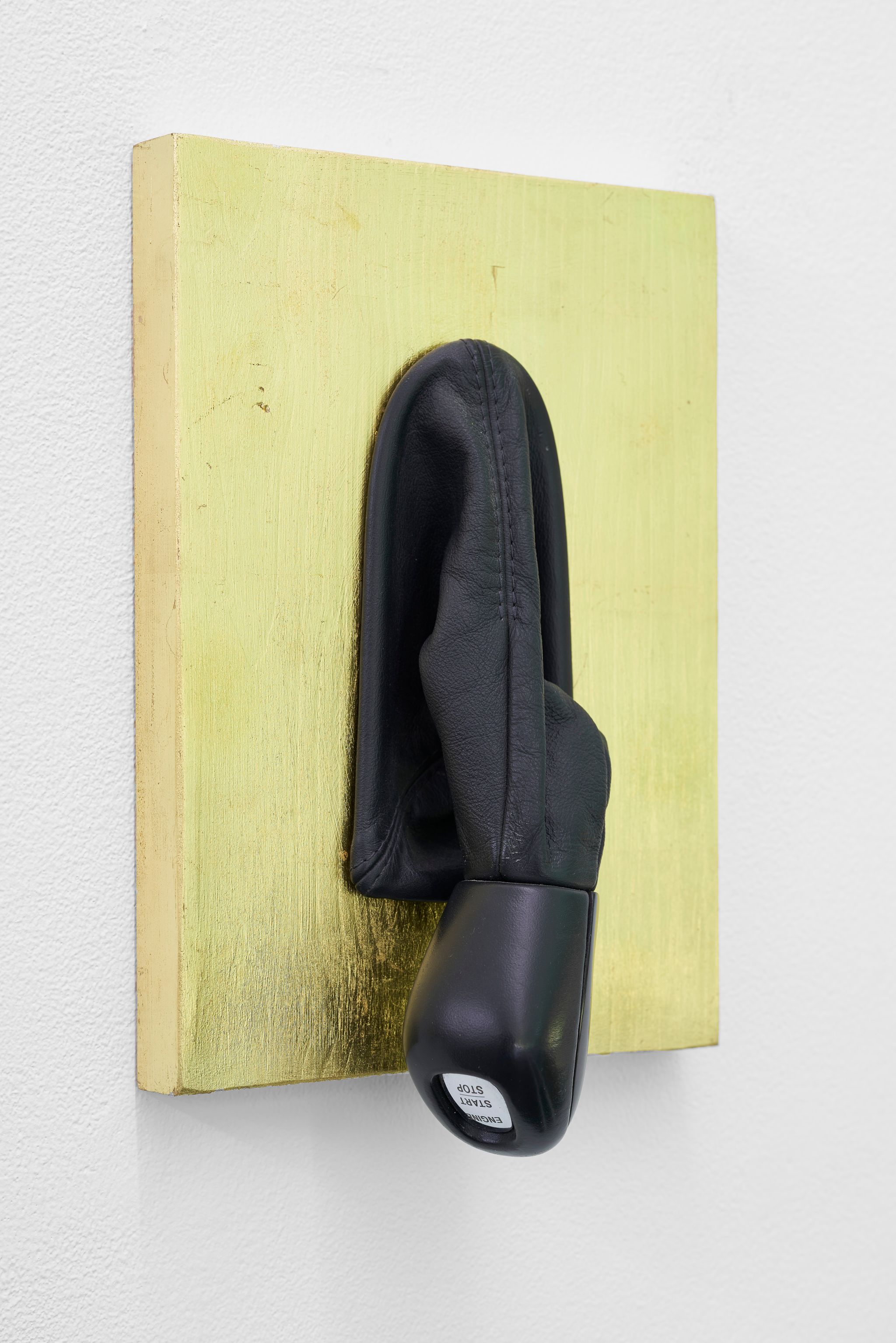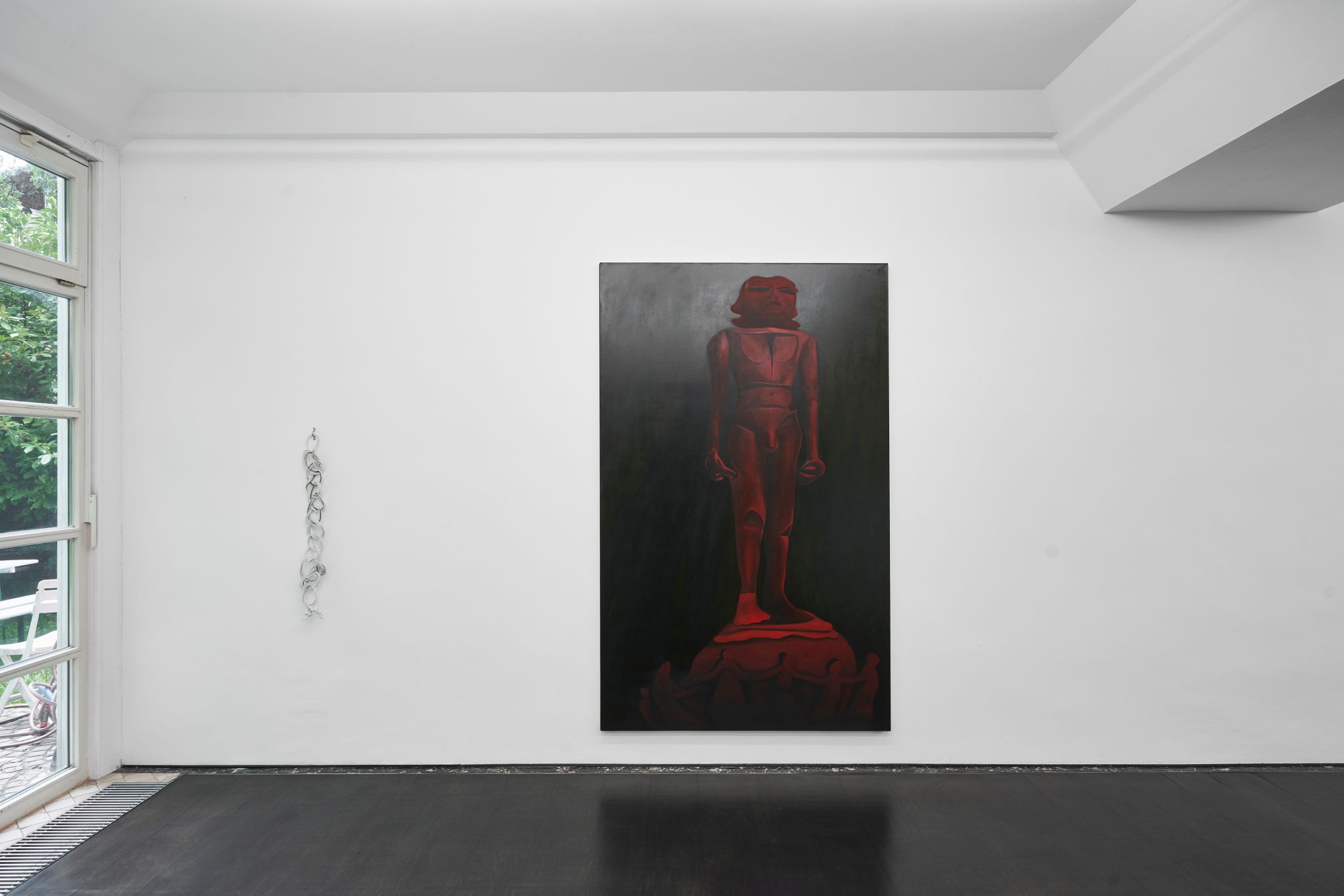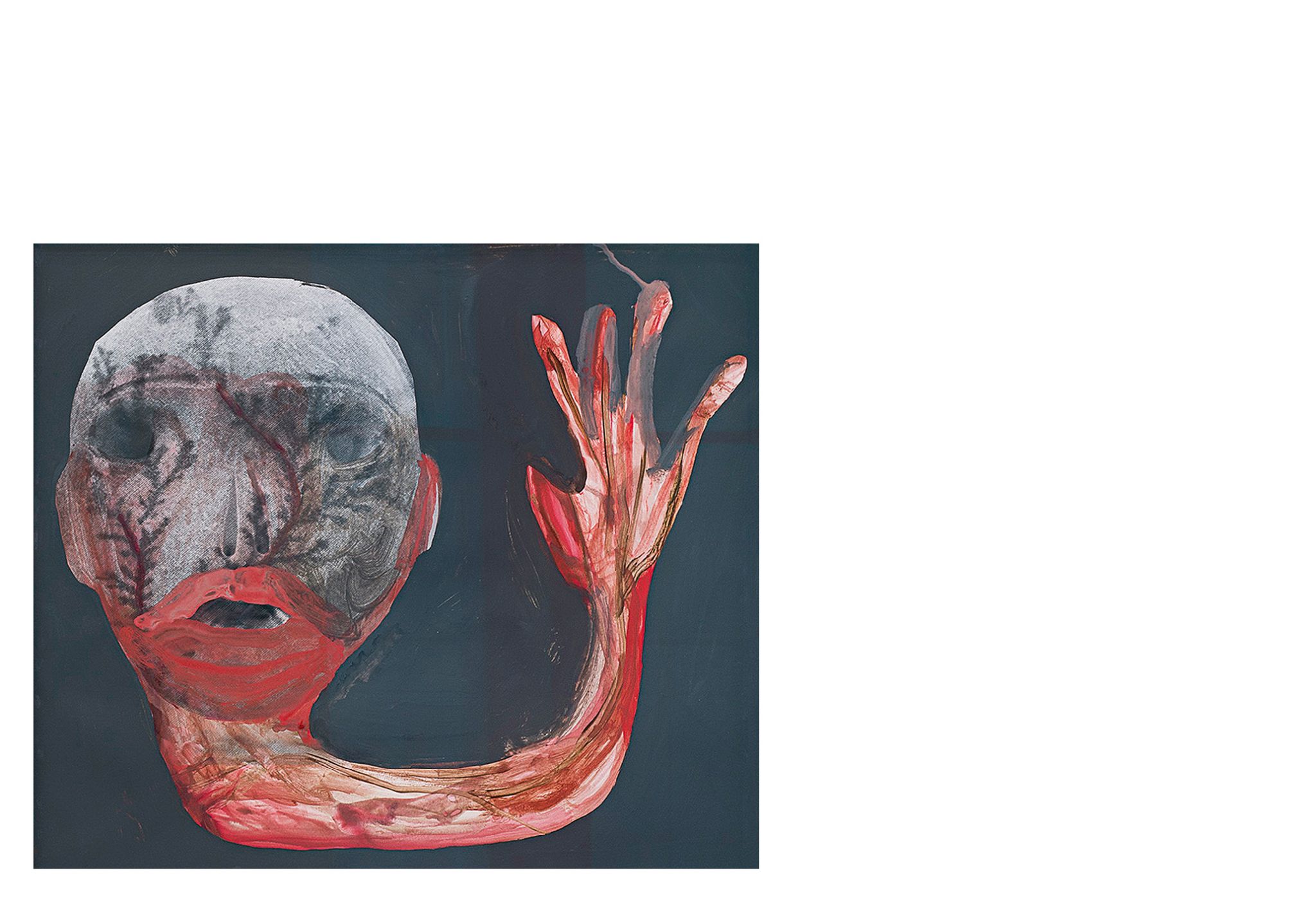-
... Johnson and Jensen's Skaldic passage to and over and indeed beyond hell itself at 8848 meters comes for all the right reasons. Damn it, boyo, through all the mayhem of necessary cannibalism, the impact comes real, and hard. And the release. Hey, these two might even survive in Space ...
read more
– Smyth's Myths c. 2145
… desire isn't lack, it's surplus energy –
a claustrophobia inside your skin …
– Chris Kraus, I Love Dick, 1997 -
... Johnson and Jensen's Skaldic passage to and over and indeed beyond hell itself at 8848 meters comes for all the right reasons. Damn it, boyo, through all the mayhem of necessary cannibalism, the impact comes real, and hard. And the release. Hey, these two might even survive in Space ...
read more
– Smyth's Myths c. 2145
… desire isn't lack, it's surplus energy –
a claustrophobia inside your skin …
– Chris Kraus, I Love Dick, 1997
Wednesday – Friday 12 – 6 pm
Saturday 12 – 4 pm and by appointment
DIE MARMORY SHOW IV: Erratic Resistance
Özlem Altin
Alexandra Bircken
Hanna-Maria Hammari
Lewis Hammond
Vera Palme
Marta Riniker-Radich
Diamond Stingily
Frieda Toranzo Jaeger
Curated with Simone Neuenschwander
30.05. – 09.08.2019
-

Installation view, DIE MARMORY SHOW IV: Erratic Resistance, Deborah Schamoni, 2019 -

Installation view, Lewis Hammond -

Lewis Hammond, For A World That Is Not Mine (The Mask), 2019
Oil on canvas, 80 × 130 cm -

Lewis Hammond, I was a fortress, i was behind a wall, i was an island, i wasn’t there at all, 2017
Oil on canvas, 80 × 105 cm -

Installation view, Diamond Stingily -

Diamond Stingily, Spine, 2018
Telephone cord, 95 × 9 × 2 cm -

Installation view, DIE MARMORY SHOW IV: Erratic Resistance, Deborah Schamoni, 2019 -

Vera Palme, The Owner, 2018
Oil on linen, 140 × 100 cm -

Alexandra Bircken, Oliver, 2017
Holz, Blattgold, Schaltknüppel (Mercedes), 28.5 × 18.3 × 10.5 cm -

Vera Palme, Still Lifes (IX), 2019
Oil on burlap, 46 × 95 cm -

Installation view, Frieda Toranzo Jaeger -

Frieda Toranzo Jaeger, Enforce vulnerability, 2019
Oil on wood, 25 × 55 × 55 cm -

Frieda Toranzo Jaeger, TBT, 2019
Oil and embroidery on canvas, 60 × 45 cm -

Installation view, DIE MARMORY SHOW IV: Erratic Resistance, Deborah Schamoni, 2019 -

Özlem Altin, Dive descend (Mann, Fisch), 2018
Photo color print on aluminium Dibond Mirror, 200 × 120 × 4 cm -

Installation view, DIE MARMORY SHOW IV: Erratic Resistance, Deborah Schamoni, 2019 -

Installation view, DIE MARMORY SHOW IV: Erratic Resistance, Deborah Schamoni, 2019 -

Installation view, Diamond Stingily, Lewis Hammond -

Diamond Stingily, Double Dutchess, 2018
Telephone cord, 95 × 9 × 2 cm -

Lewis Hammond, Every Second, Every Minute, Every Hour, Every Day, Every Week, Every Month, Every Year, 2019
Oil on canvas, 210 × 130 cm -

Installation view, DIE MARMORY SHOW IV: Erratic Resistance, Deborah Schamoni, 2019 -

Installation view, Özlem Altin, Hanna-Maria Hammari -

Özlem Altin, Lover‘s rock (attachment), 2017
Collage, 167.5 × 152 × 16.5 cm -

Özlem Altin, Magician, 2017
Ink, oil and enamel on c-print, 50.5 × 57.6 cm -

Hanna-Maria Hammari, Golden Car, 2019
Glazed ceramic, rubber, plastic, steel, 12.5 × 43.5 × 32.5 cm -

Installation views, Özlem Altin, Hanna-Maria Hammari -

Özlem Altin, Touch descend, 2018
Ink and laquer on inkjetprinted Hahnemühle photopaper, 90 × 91 cm -

Hanna-Maria Hammari, Red Car, 2019
Glazed ceramic, rubber, plastic, steel, 15 × 55 × 29 cm -

Installation view, Marta Riniker-Radich, Hanna-Maria Hammari -

Marta Riniker-Radich, A frame of cast iron lace, 2019
Colored pencil and pencil on paper, 29.7 × 21 cm -

Marta Riniker-Radich, Denn Hier Bestimmen Wir, 2019
Colored pencil and pencil on paper, 21 × 29.7 cm -

Marta Riniker-Radich, Stop, drop and roll, 2017
colored pencil and pencil on paper, 21 × 29.7 cm -

Hanna-Maria Hammari, TBT, 2019
Glazed ceramic, latex, tape, Dimensions variable 
